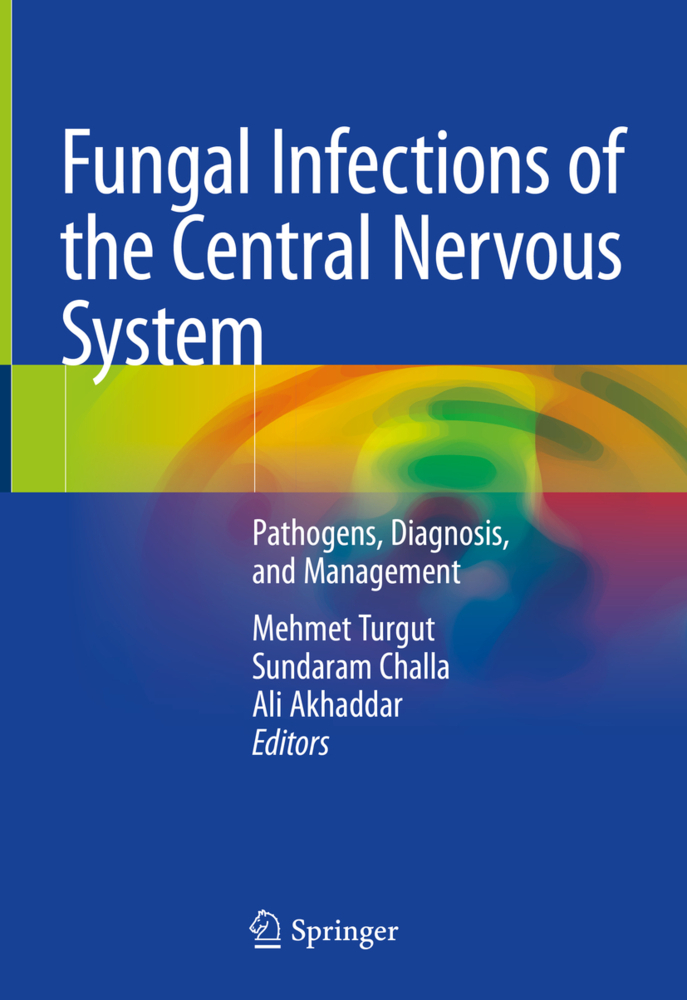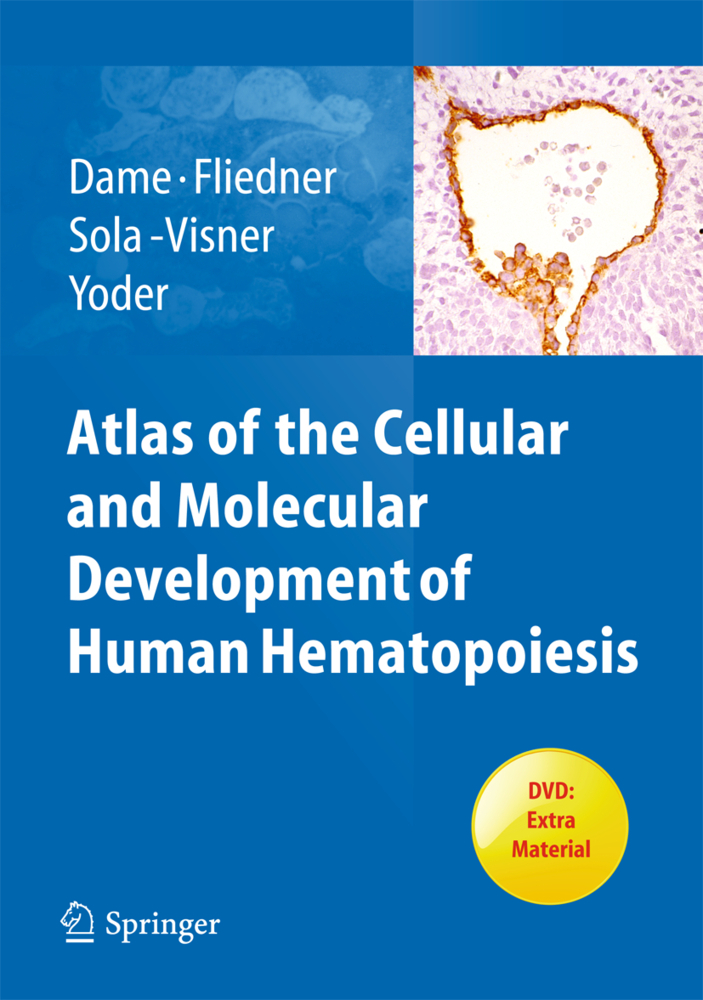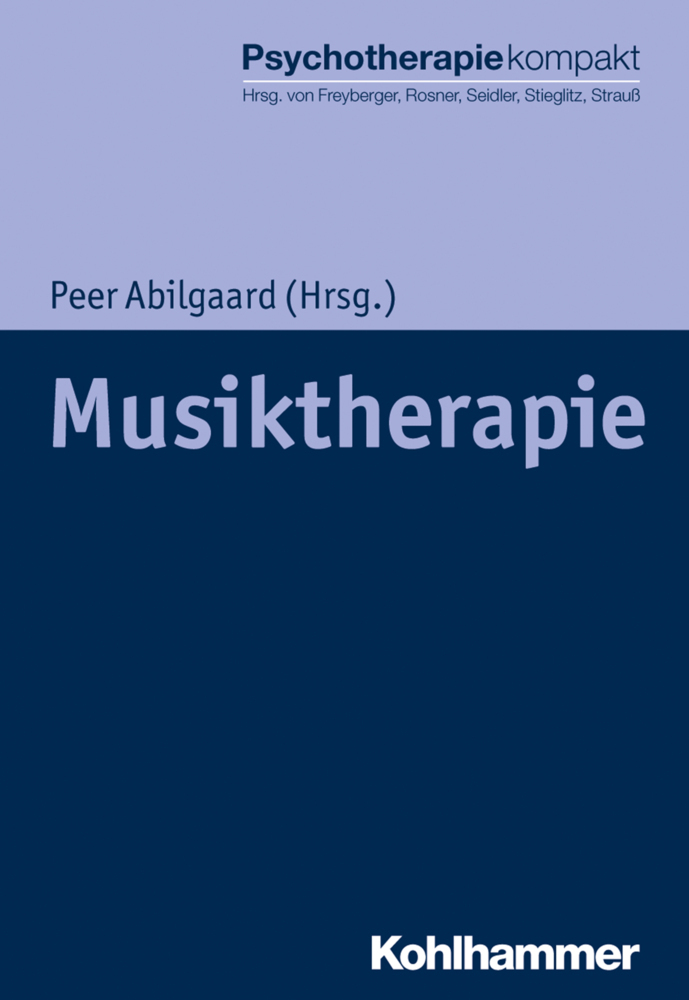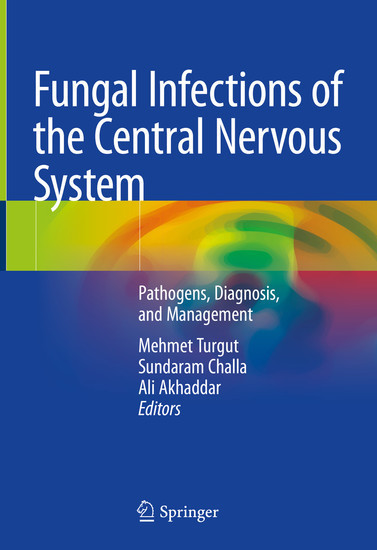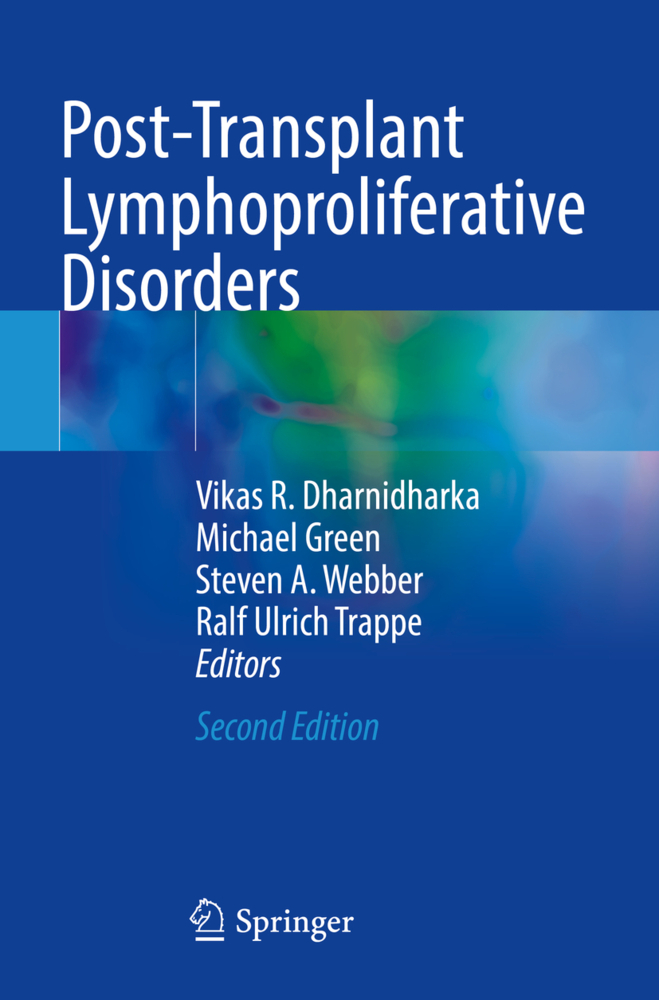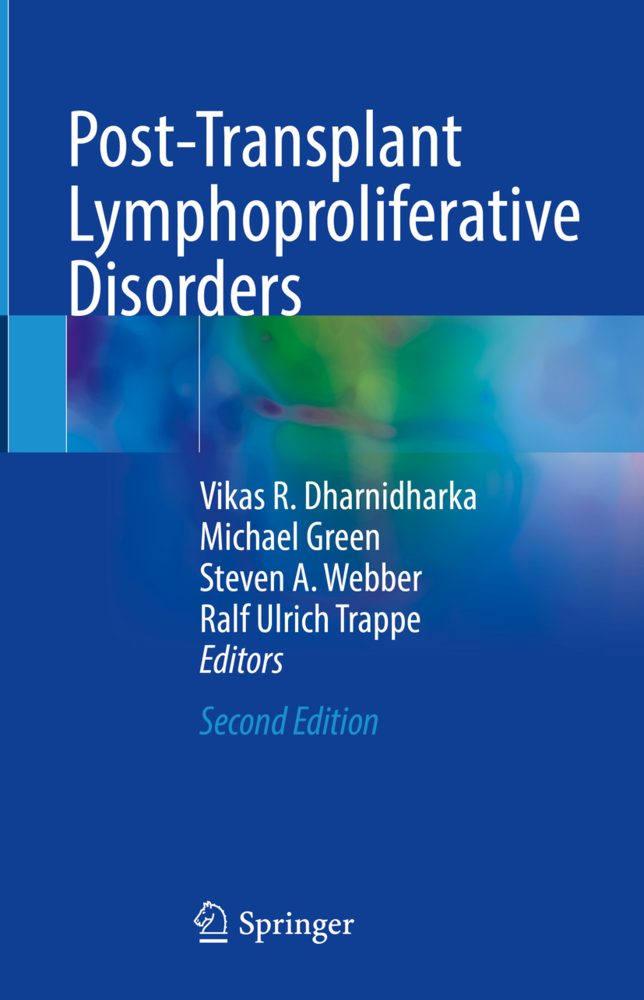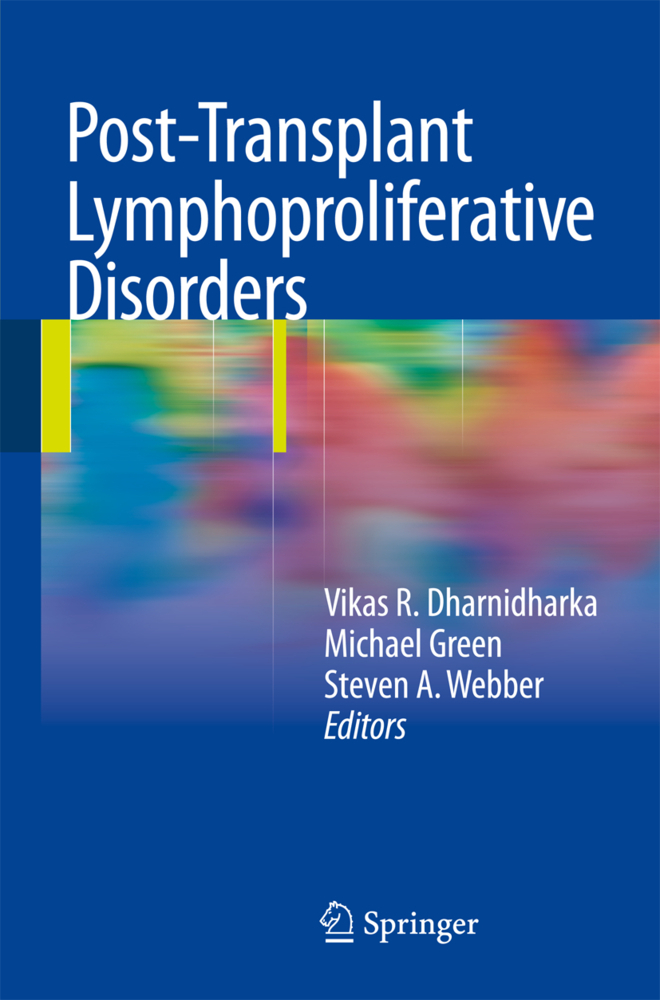Fungal Infections of the Central Nervous System
Pathogens, Diagnosis, and Management
Fungal Infections of the Central Nervous System
Pathogens, Diagnosis, and Management
This book provides comprehensive information on fungal infections of the central nervous system (CNS). Fungal infections are still a major public health challenge for most of the developing world and even for developed countries due to the rising numbers of immune compromised patients, refugee movements, and international travel. Although fungal infections involving the CNS are not particularly common, when they do occur, the results can be devastating in spite of recent advances and currently available therapies. Further, over the past several years, the incidence of these infections has seen a steep rise among immunodeficient patients. In this context, aggressive surgery remains the mainstay of management, but conservative antifungal drug treatment complemented by aggressive surgical debridement may be necessary. Yet the optimal management approach to fungal infections of the CNS remains controversial, owing to the limited individual experience and the variable clinical course of theconditions. Addressing that problem, this comprehensive book offers the ideal resource for neurosurgeons, neurologists and other specialists working with infectious diseases.
SECTION I: GENERAL CONSIDERATIONS
Historical aspects of fungal infections
Epidemiology of fungal infections
Morphological classification of fungal infections (yeasts, molds, dimorphic)
Pathogenesis of fungal infections
Predisposing factors
Histopathology
Molecular genetics and genomics of fungal infections
SECTION II: FUNGAL PATHOGENS: PATHOGENESIS, PATHOLOGY AND DIAGNOSIS
Chapter 8: Aspergillosis
Candidiasis
Mucormycosis
Histoplasmosis and coccidioidomycosis
Cryptococcosis
Blastomycosis and phaeohyphomycosis
Onychomycosis
epeat: initial; background-attachment: initial; background-origin: initial; background-clip: initial;">Emmonsiosis
Cladophialophora bantiana
Cladosporidium, Fusarium spp, Bipolaris hawaiiensis, Schizophyllum commune, Mycoplasma hominis, Scedosporium apiospermum
SECTION III: CLINICAL SYNDROMES OF FUNGAL INFECTIONS INVOLVING CENTRAL NERVOUS SYSTEM AND ITS COVERINGS
Meningitis and meningo-encephalitis
Raised intracranial pressure
Hydrocephalus
Intracranial space occupying lesions
Skull-base syndromes
Orbito-rhino-cerebral syndrome
Cavernous sinus syndrome
Intracranial fungal aneurysms
Acute ischemic or hemorrhagic stroke syndromes
Spinal syndromes
SECTION III: RADIOLOGICAL FINDINGS OF FUNGAL INFECTIONS INVOLVING CENTRAL NERVOUS SYSTEM AND ITS COVERINGS
Magnetic resonance imaging
Positron emission tomography-computed tomography
Imaging findings of fungal infections of the cranial and peripheral nerves
Imaging findings of fungal infections of sinuses extending into brain
Imaging findings of fungal infections of spine and spinal cord
SECTION IV: THERAPY OF FUNGAL INFECTIONS INVOLVING CENTRAL NERVOUS SYSTEM AND ITS COVERINGS.- Antifungals: from genomics to resistance and the development of novel agents
Surgical therapy
Prognosis of fungal infections involving the central nervous system and its coverings
SECTION VI: FURTHER INSIGHTS INTO FUNGAL INFECTIONS
In vitro and animal models of fungal infections oReal-time PCR: advanced technologies and applications
Next-generation sequencing: current technologies and applications
Current innovations and future trends
CONCLUSIONS.
PREFACE
INTRODUCTIONSECTION I: GENERAL CONSIDERATIONS
Historical aspects of fungal infections
Epidemiology of fungal infections
Morphological classification of fungal infections (yeasts, molds, dimorphic)
Pathogenesis of fungal infections
Predisposing factors
Histopathology
Molecular genetics and genomics of fungal infections
SECTION II: FUNGAL PATHOGENS: PATHOGENESIS, PATHOLOGY AND DIAGNOSIS
Chapter 8: Aspergillosis
Candidiasis
Mucormycosis
Histoplasmosis and coccidioidomycosis
Cryptococcosis
Blastomycosis and phaeohyphomycosis
Onychomycosis
epeat: initial; background-attachment: initial; background-origin: initial; background-clip: initial;">Emmonsiosis
Cladophialophora bantiana
Cladosporidium, Fusarium spp, Bipolaris hawaiiensis, Schizophyllum commune, Mycoplasma hominis, Scedosporium apiospermum
SECTION III: CLINICAL SYNDROMES OF FUNGAL INFECTIONS INVOLVING CENTRAL NERVOUS SYSTEM AND ITS COVERINGS
Meningitis and meningo-encephalitis
Raised intracranial pressure
Hydrocephalus
Intracranial space occupying lesions
Skull-base syndromes
Orbito-rhino-cerebral syndrome
Cavernous sinus syndrome
Intracranial fungal aneurysms
Acute ischemic or hemorrhagic stroke syndromes
Spinal syndromes
SECTION III: RADIOLOGICAL FINDINGS OF FUNGAL INFECTIONS INVOLVING CENTRAL NERVOUS SYSTEM AND ITS COVERINGS
Magnetic resonance imaging
Positron emission tomography-computed tomography
Imaging findings of fungal infections of the cranial and peripheral nerves
Imaging findings of fungal infections of sinuses extending into brain
Imaging findings of fungal infections of spine and spinal cord
SECTION IV: THERAPY OF FUNGAL INFECTIONS INVOLVING CENTRAL NERVOUS SYSTEM AND ITS COVERINGS.- Antifungals: from genomics to resistance and the development of novel agents
Surgical therapy
Prognosis of fungal infections involving the central nervous system and its coverings
SECTION VI: FURTHER INSIGHTS INTO FUNGAL INFECTIONS
In vitro and animal models of fungal infections oReal-time PCR: advanced technologies and applications
Next-generation sequencing: current technologies and applications
Current innovations and future trends
CONCLUSIONS.
Turgut, Mehmet
Challa, Sundaram
Akhaddar, Ali
| ISBN | 978-3-030-06087-9 |
|---|---|
| Artikelnummer | 9783030060879 |
| Medientyp | Buch |
| Copyrightjahr | 2019 |
| Verlag | Springer, Berlin |
| Umfang | XII, 479 Seiten |
| Abbildungen | XII, 479 p. 162 illus., 85 illus. in color. |
| Sprache | Englisch |

